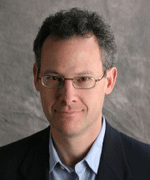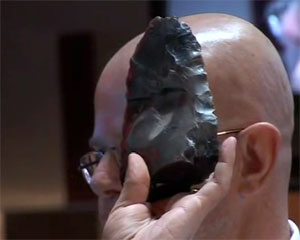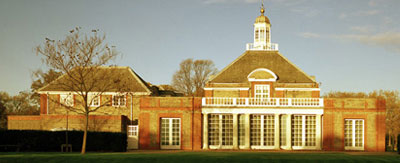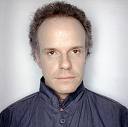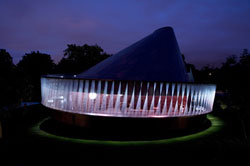The power redistributions of the 21st century have dealt representative democracies out. Representative democracies are a poor fit to the challenges ahead, and 'rebooting' them is not enough. The future looks nothing like democracy, because democracy, which sought to empower the individual, is being obsolesced by a social order which hyperempowers him.

Introduction
In his well-received talk at this year's Personal Democracy Forum (organized by Andrew Rasiej and Micah Sifry), "digital ethnologist" Mark Pesce makes the point that "we have a drive to connect and socialize: this drive has now been accelerated and amplified as comprehensively as the steam engine amplified human strength two hundred and fifty years ago. Just as the steam engine initiated the transformation of the natural landscape into man-made artifice, the 'hyperconnectivity' engendered by these new toys is transforming the human landscape of social relations. This time around, fifty thousand years of cultural development will collapse into about twenty.
In presenting his ideas on "the human network" Pesce references the work of archeologist Colin Renfrew, that "we may have had great hardware, but it took a long, long time for humans to develop software which made full use of it"; and Jared Diamond's ideas in Guns, Germs, and Steel, that "where sharing had been a local and generational project for fifty thousand years, it suddenly became a geographical project across nearly half the diameter of the planet".
In the 21st century, it's time to "Fasten your seatbelts and prepare for a rapid descent into the Bellum omnia contra omnes, Thomas Hobbes' "war of all against all." A hyperconnected polity—whether composed of a hundred individuals or a hundred thousand—has resources at its disposal which exponentially amplify its capabilities. Hyperconnectivity begets hypermimesis begets hyperempowerment. After the arms race comes the war."
To understand this new kind of mob rule, it's necessary to realize that "Sharing is the threat. Not just a threat. It is the whole of the thing. A photo taken on a mobile now becomes instantaneously and pervasively visible on Flickr or other sharing websites. This act of sharing voids "any pretensions to control, or limitation, or the exercise of power".
Pesce concludes that "the power redistributions of the 21st century have dealt representative democracies out. Representative democracies are a poor fit to the challenges ahead, and 'rebooting' them is not enough. The future looks nothing like democracy, because democracy, which sought to empower the individual, is being obsolesced by a social order which hyperempowers him."
Read on.
—JB
MARK PESCE is an expert in social media, best known for his work blending VR with the Web to create VRML, the distant ancestor of Second Life. Pesce is an author, teacher, inventor, and well-known media personality in Australia. For the last four years has practiced "digital ethnology," studying the behavioral, cultural and political changes wrought by the new technologies of sharing and communication.
Mark Pesce's Edge Bio Page



